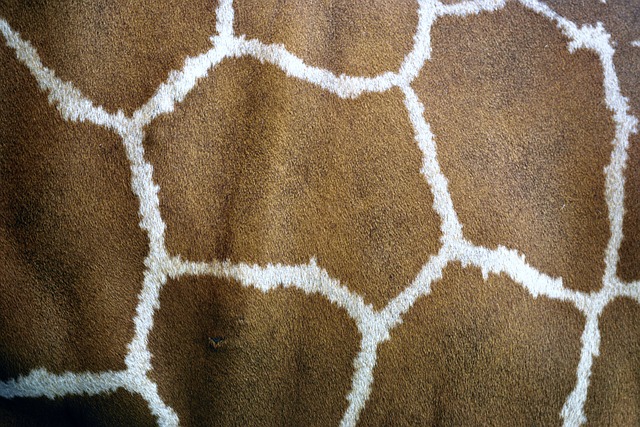Natural wart removal treatments, leveraging ingredients like apple cider vinegar, banana peels, tea tree oil, and lavender, have gained popularity for their effectiveness and gentle nature. While some methods demand patience, users prefer them for their lack of side effects and easily accessible ingredients. In contrast, clinical procedures such as cryotherapy and surgical excision offer swift relief with high success rates but carry potential discomfort, scarring, reinfection risks, and higher costs. The best wart removal treatment depends on individual needs, with natural options ideal for those avoiding side effects and clinical methods suitable for faster results despite potential drawbacks. Consultation with a healthcare professional is crucial to determine the most appropriate approach.
Warts can be a pesky concern, but finding the best wart removal treatment is essential for achieving smooth, clear skin. This article explores two primary approaches: natural remedies and clinical methods. We delve into the pros, cons, and effectiveness of each, providing a comprehensive overview to help you make an informed decision. From home remedies to professional treatments, discover the most promising options for getting rid of warts once and for all.
- Natural Wart Removal Treatments: A Comprehensive Overview
- Clinical Wart Removal Methods: Pros, Cons, and Effectiveness
Natural Wart Removal Treatments: A Comprehensive Overview
Natural Wart Removal Treatments have gained significant popularity as an alternative to clinical procedures, offering a range of options for those seeking the best wart removal treatment. From home remedies to plant-based topicals, many natural approaches aim to eliminate warts gently and effectively. One commonly used method involves applying apple cider vinegar, known for its acidic properties, which can help dissolve the protein in the wart’s skin. Another popular choice is using banana peels, rich in potassium and other nutrients, that can soften and eventually remove warts.
Essential oils like tea tree and lavender are also favored for their antimicrobial and anti-inflammatory properties, making them potential remedies for both wart removal and skin soothing. Some natural treatments require patience and persistence, as results may take several weeks or even months. However, many people prefer these methods due to their lack of side effects and the accessibility of ingredients, making them a comprehensive overview of natural wart removal options that can be incorporated into a home care routine for effective and safe treatment.
Clinical Wart Removal Methods: Pros, Cons, and Effectiveness
Clinical Wart Removal methods offer a more direct approach, often considered among the best wart removal treatments available. Pros include their speed and effectiveness, with many options providing swift relief from warts. Techniques such as cryotherapy, where warts are frozen off, or surgical excision, where they’re cut away, have high success rates. However, cons include potential side effects like discomfort, scarring, and the risk of reinfection. These methods may also be more expensive than natural remedies.
Effectiveness varies widely among clinical treatments. While some may eliminate warts immediately, others require multiple sessions. It’s crucial to consult a healthcare professional who can advise on the best approach based on wart type and location. Overall, clinical methods offer a quick fix but come with their own set of considerations, so they might not be suitable for everyone seeking the best wart removal treatment.
When deciding on the best wart removal treatment, it’s evident that both natural and clinical methods have their merits. Natural remedies offer a gentler approach with minimal side effects but may require more time for results. Clinical treatments, while often faster, might cause temporary discomfort and have associated costs. Ultimately, the choice depends on personal preference, wart severity, and desired speed of relief. Integrating natural practices with targeted clinical interventions could provide an optimal solution for effective wart removal.
